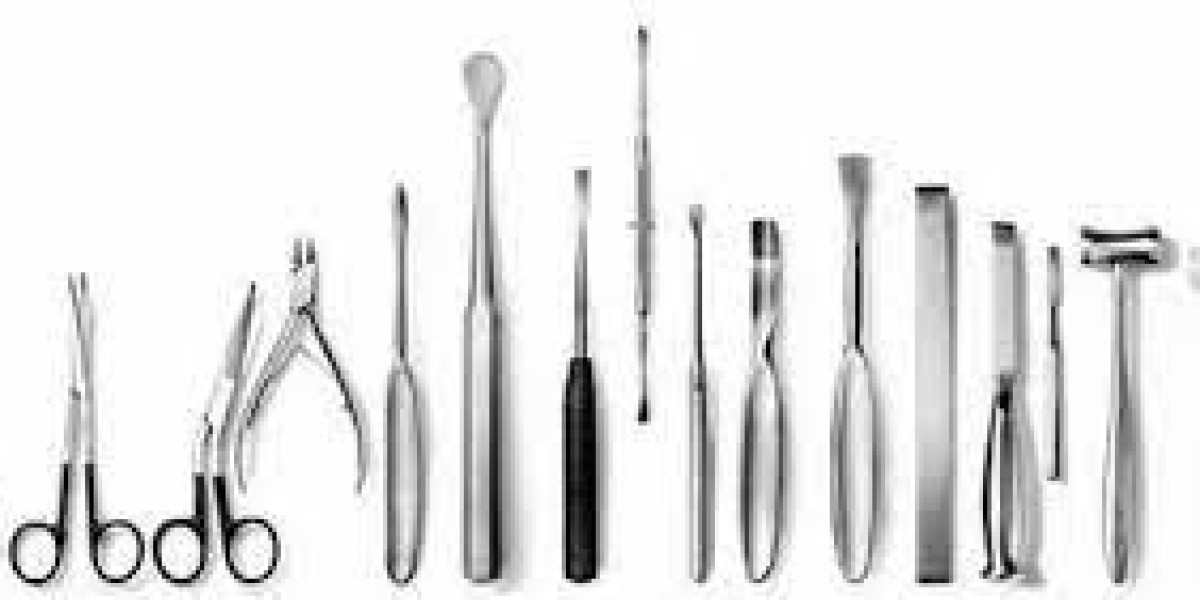These instruments, designed for exploration, identification, and meticulous maneuvering, play a crucial role in a variety of surgical procedures We will delve into the world of surgical probes and directors, exploring their types, applications, and the precision they bring to the operating room.
Understanding Surgical Probes and Directors:
Surgical probes and directors are specialized instruments crafted to assist surgeons in various aspects of surgery. They are designed to explore tissues, detect abnormalities, and direct the path for subsequent surgical actions. These instruments are available in different shapes and sizes, each tailored to specific surgical needs.
Types of Surgical Probes and Directors:
Ball-Ended Probes:
- Features: Rounded tips resembling a ball, used for gentle exploration of tissues.
- Common Uses: Neurosurgery, ophthalmic procedures, and delicate dissections.
Hooked Probes:
- Design: Curved or angled tips resembling hooks, facilitating controlled tissue manipulation.
- Common Uses: Orthopedic surgeries, dissections, and procedures requiring precise handling.
Blunt Probes:
- Characteristics: Smooth and flat-tipped for gentle probing and detection of structures.
- Common Uses: Abdominal surgeries, vascular procedures, and organ inspections.
Tendon Probes:
- Purpose: Specifically designed for probing and identifying tendons and ligaments.
- Common Uses: Orthopedic surgeries, hand surgeries, and procedures involving tendon exploration.
Flexible Directors:
- Features: Bendable and flexible, allowing for maneuverability in challenging anatomical spaces.
- Common Uses: Urological surgeries, endoscopic procedures, and interventions requiring navigation through narrow passages.
Applications Across Surgical Specialties:
Neurosurgery:
- Ball-ended and blunt probes are often used for gentle exploration and identification of structures in sensitive neurological procedures.
Orthopedic Surgery:
- Hooked probes and tendon probes assist in the identification and manipulation of tendons, ligaments, and delicate structures during orthopedic surgeries.
General Surgery:
- Blunt probes find application in abdominal surgeries for gentle exploration and identification of organs and structures.
Urological Surgery:
- Flexible directors are valuable in urological procedures, especially during endoscopic examinations and interventions.
Ophthalmic Surgery:
- Ball-ended probes play a role in delicate ophthalmic procedures, assisting in precise exploration and manipulation.
The Art of Precision:
The design and construction of grooved director emphasize precision and delicacy. These instruments are often crafted from high-quality materials such as stainless steel, ensuring durability, ease of sterilization, and resistance to corrosion.
Careful Maneuvering in Surgery:
Surgical probes and directors are the guiding hands of surgeons, aiding in careful maneuvering through the complexities of the human body. Their use requires a steady hand, a keen eye, and an understanding of anatomical structures to ensure accurate exploration and identification.
Final Discussion:
Surgical probes and directors are silent navigators in the hands of skilled surgeons, contributing to the meticulous artistry of surgery. Their diverse types and applications underscore their versatility in various surgical specialties. As surgical techniques evolve, so too will the design and utility of these instruments, ensuring that surgeons continue to navigate the intricate pathways of the human.







